Did you see that Pittsburgh Penguins vs Buffalo Sabres game? Specifically, did you see Sidney Crosby, future Canadian National Team wrestler and consummate leader, send a message to young Peyton Krebs that high hits on star players (in this case Kris Letang) will not be tolerated this season…?
Some might say that doing this in the preseason was a waste. On the contrary! That 7-4 drubbing the Penguins handed Buffalo was a sign that the message was received. Crosby didn’t just set the tone for that night, he set the tone for this entire season.
Which leads us to this:
On July 1, 2024, the Penguins and Crosby can, for the first time since 2012, negotiate a contract. Knowing this, one can’t help but wonder…
What would Crosby look like in another team’s jersey?
Nah, this isn’t that article. Jean Beliveau only ever wore the C&H of the Canadiens. Mario Lemieux only wore the Black, White, and Gold Penguin on his chest. The greatest of all time, Wayne Gretzky, well he – ahh, never mind.
Crosby, once “the kid”, now the icon who has won three Stanley Cups (and counting?) for the Penguins, will only ever play for Pittsburgh. You heard it here first!
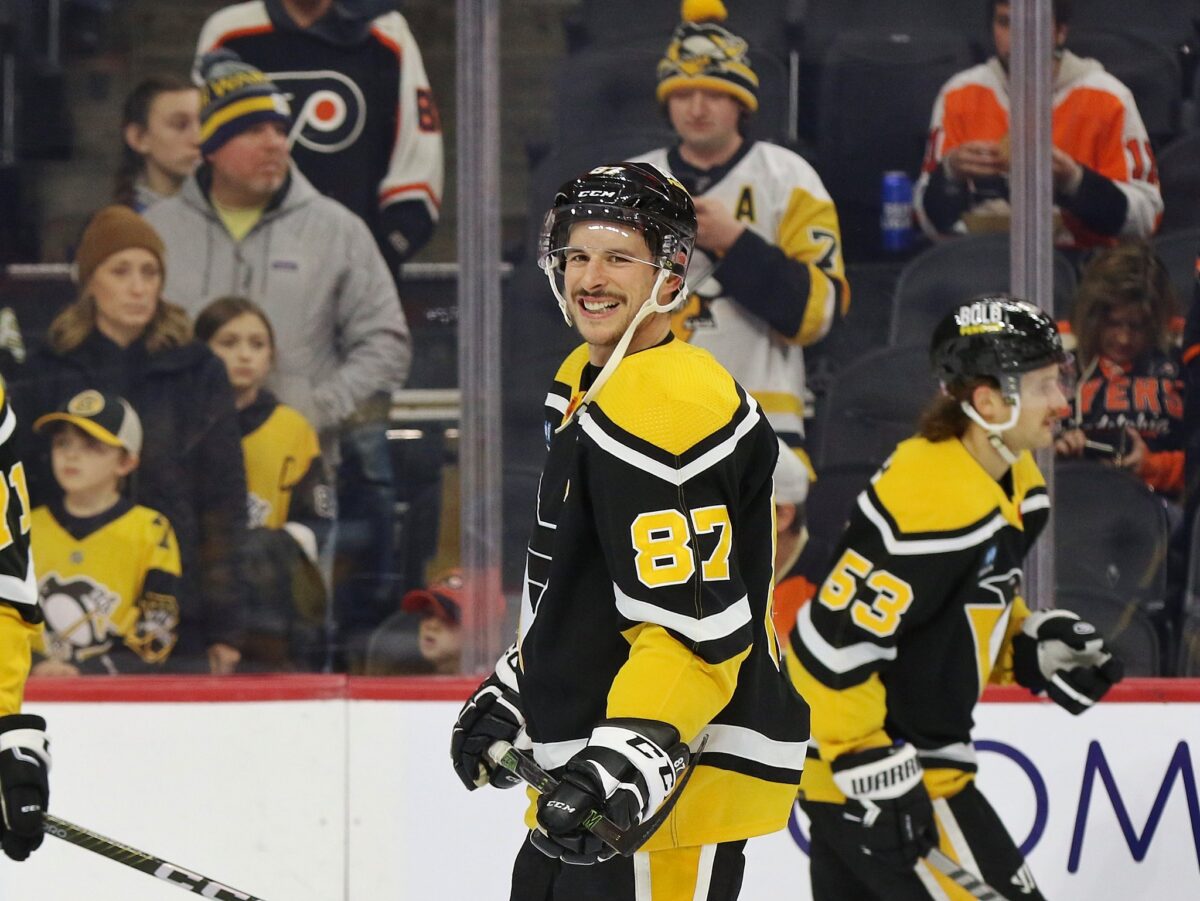
Any good hockey ops team is spending some of each season projecting the future – prospects who will be ready, potential unrestricted free agents (UFAs) from theirs and other teams, who on their team may stay or leave – everything.
So then, what will that final contract look like?
As a GM (or president of hockey operations, Kyle Dubas), I’d sure be hoping for as much of a discount as possible. Over the course of his three contracts, come the end of this contract Crosby will have earned an even $159 million in his career (as he hit all the bonuses in his rookie contract). Is it possible that Crosby will take a contract at the league minimum? Sure, however for this exercise that would make things too easy.
According to Rob Rossi, Crosby will not be looking for big money in this next deal as much as he’ll be looking for term (from ‘Examining Penguins’ AHL overspending, Sidney Crosby’s next contract’, The Athletic, Oct. 3, 2023). That’s fine by me. Unlike Gretzky, Lemieux, and so many other world-class players near the end of their career, Crosby will have utility lower in the lineup. I can absolutely envision Crosby as a third-line center, bringing two-way play with above-average defense – as he would be more focused on this part of the game – and more than enough offense from a third-line pivot – think 20 goals, 45-50 points.
With Crosby’s legendary focus, can you imagine if he decided to turn himself into a world-class shadow at the end of his career? Two parts Guy Carbonneau, one part Bob Gainey, and a dash of the incomparable Esa Tikkanen – Crosby would be worth every bit of whatever he’d ask for.
What though, would Crosby ask for in what would be his last major contract that has him approaching Tom Brady levels of longevity? And for that matter, what might the Penguins of 2025-26 look like? Let’s look at both because I can only talk about the greatness of Radim Zohorna so much.
A Who’s Who of Who’s Available
As no one can re-sign with their teams for another year, it’s a veritable who’s who of stars and superstars alike on the current 2025 UFA list:
LW/C Leon Draisaitl, 29
RW Mitch Marner, 28
RW Mikko Rantanen, 28
LD Victor Hedman, 34
G Igor Shesterkin, 29
LD Jaccob Slavin, 31
RD Shea Theodore, 29
C/LW John Tavares, 34
LW Brad Marchand, 37
G Linus Ullmark, 31
There is a second tier of another 20-plus quality players (today), such as Dmitry Orlov, Sam Bennett, Carter Verhaeghe, and Travis Konecny, amongst others. The potential to sign someone major is very much there.
2025-26 Pittsburgh Penguins
Of course, one can come up with near-infinite versions of all of this, and I would love to see yours in the comments (or at least why I’m crazy for these ones). Here’s what I can see happening, and Penguins fans, get ready for the hot take.
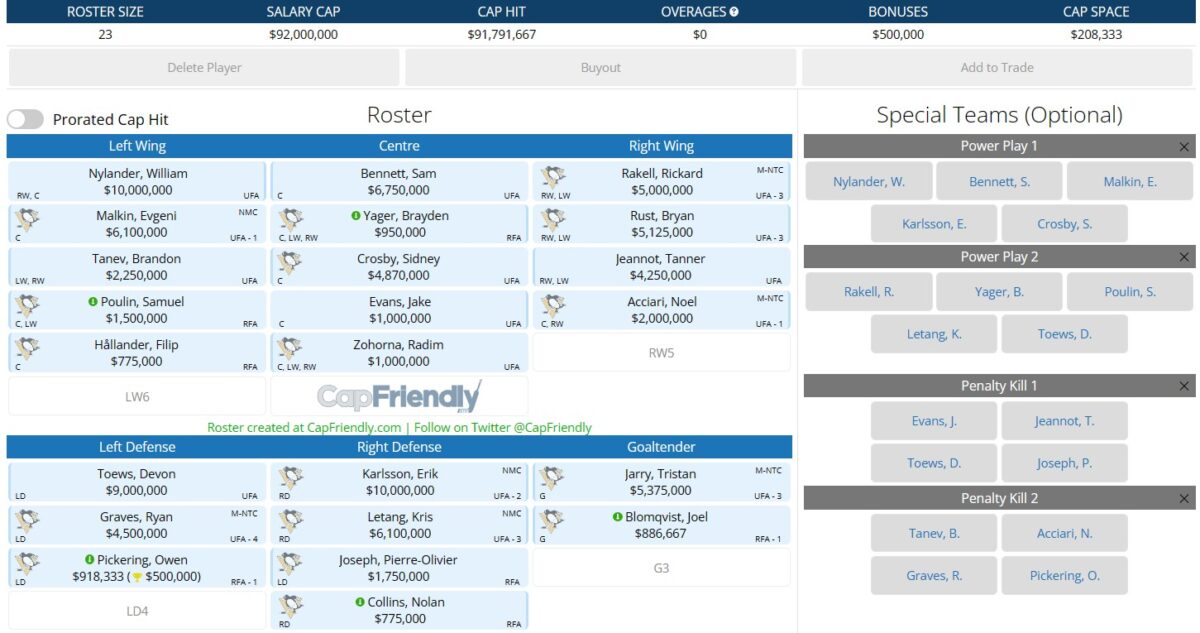
First, let’s look at what should be Crosby’s final long-term contract. With the cap rising to an early projection of $92 million and Pittsburgh currently set to have nearly $47 million in cap space (before these two signings, and you’ll see why that caveat matters), I can envision Crosby asking for something balanced, in the $5 million range. That number respects what Crosby brings to the table yet is still a discount that helps Pittsburgh ice a competitive roster.
As it doesn’t affect the cap in this instance and he had 87 in his last contract, $4.87 million per season is the number on a three-year contract that would take him into his very early 40s. The rising cap accounts for both the higher pay for this position and the person we’re talking about here. This is unicorn territory, after all.
Hello William Nylander, Goodbye Leafs
Beyond that, with the litany of options available, I’ve made some choices. Penguins’ fans will not likely love the idea of William Nylander replacing Jake Guentzel, and I’m not going to spend 1,500 words litigating it here. Beyond the fact that Dubas has seen Nylander’s growth from a young age, simply put, Nylander is younger by nearly two years, is both fast and dynamic offensively, can play both wings, has improved every year (co-leading Toronto with 40 goals, along with 87 points last season), can flat-out take over a game, has been Toronto’s best forward in the playoffs two years running, and his real last name is actually Altelius. You read that right, Altelius. What a name. Put this all together and Nylander, quite simply, is a better hockey player than Guentzel.
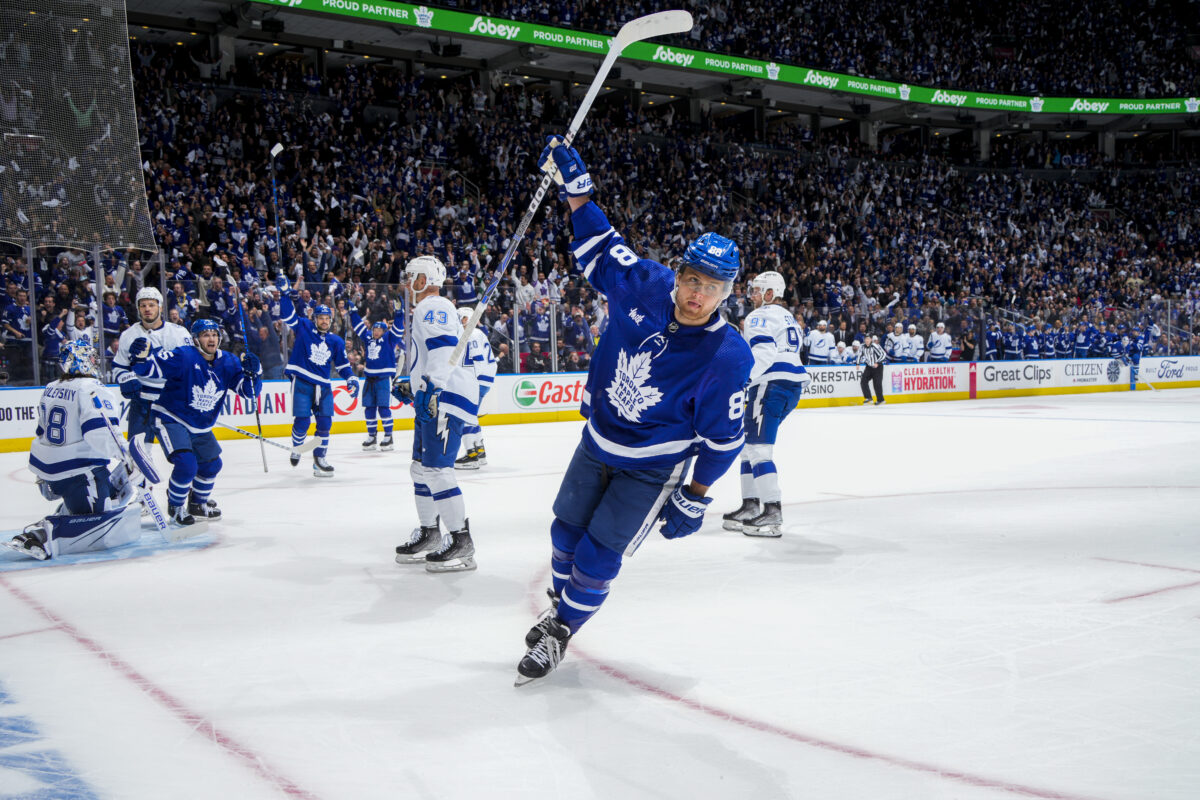
Nylander will cost more than Guentzel for all these reasons, and if you’re familiar with how he and his family negotiate, you’ll understand that on the open market with an increased cap, $10 million would be an easy number to hit. Especially when the person offering the deal is so familiar with Nylander’s play. And for those wondering about the Crosby effect and his perceived desire to re-sign Guentzel, Crosby will always do what’s best for the greater good of the team, the same as Letang did this past summer with the Erik Karlsson trade.
The Undisputedly Underrated Devon Toews
The second major signing is that of Devon Toews. He is a number one-level defenseman who happens to play on the best D-pairing in the NHL with Cale Makar. Though not at an ideal age as he’d be 30 when signing this deal, Toews is a safer bet than others to age well because of his style, along the lines of a Kris Letang. Toews averages just over a hit per game, and other than last season when he had a career-high 138 blocked shots, he tends to average a little over a blocked shot per game. He gives off Ryan Suter vibes, and to have five good Suter-esque years leading into the final two seasons of his contract would be more than a fair tradeoff.
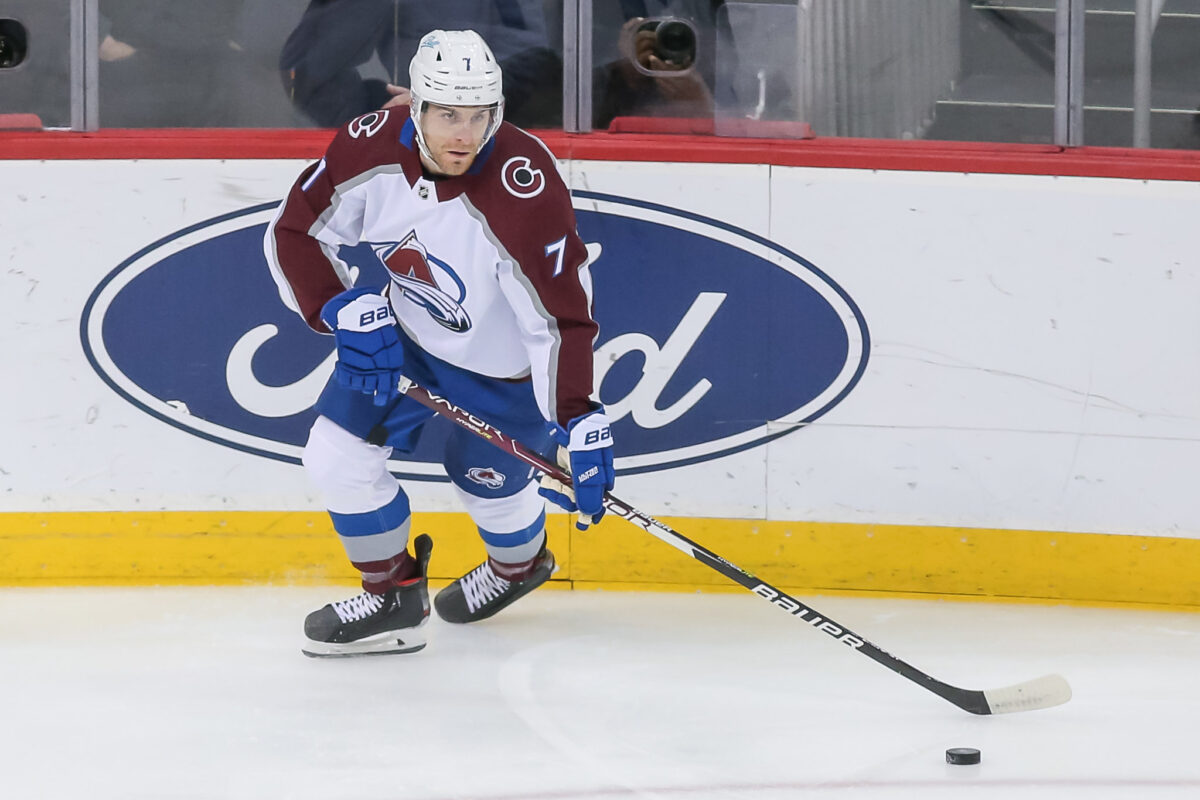
For Toews, we’re looking at a seven-year, $63 million contract, which comes out to $9 million annually. Whether hockey lifers want to admit it or not, people like Toews are underrated regardless of what they do. As a former fourth-round draft pick with average size who was traded for two second-round draft picks but not a first, there’s this subtle ceiling to how most hockey people will value Toews. No one will talk about his pedigree, as that’s saved for first-rounders (and is a ridiculous concept that I’ll surely talk about at some point). This number is identical per year to what Makar makes and is one that Toews is both worth and not likely to get offered in Colorado due to the cap constraints of having both Nathan MacKinnon and Makar on large, long-term deals (over $21 million combined per season) and needing to have cap space to re-sign Mikko Rantanen.
Toews is the choice over Jaccob Slavin (available a year later) because I would have no concern that Toews is the product of a system, whereas until and unless he plays in a different one, there will to some extent always be that question about Slavin due to how incredible Carolina’s system is.
Next Year is Next Year
The interesting element here is that both Nylander and Toews are UFAs in the summer of 2024. A quick look at CapFriendly, which has a great new scouting feature, shows that these signings would put the Pens well over the salary cap for 2024-25 before the roster is even filled out. The signings would necessitate the trade of Reilly Smith, who has a modified no-trade clause (eight-team no-trade list next summer), and Lars Eller. I’m okay with that, as any general manager in the league would add Nylander and Toews at the cost of Smith, Eller, and Guentzel.
New Centers, Who Dis?
If you’re thinking that these Penguins are stronger at wing than center, I’d agree with you. In this exercise, we’re projecting Sam Bennett to take over as the first-line center. The Florida Panthers have long had cap issues, and while a lot can happen in two years, he is someone that could easily make it to free agency and can be trusted to play a top-line role. His combination of skill and thuggery is exactly what Pittsburgh needs to spark a playoff run. Center is also a weak spot in free agency come 2025, and Bennett is the most affordable high-end choice.
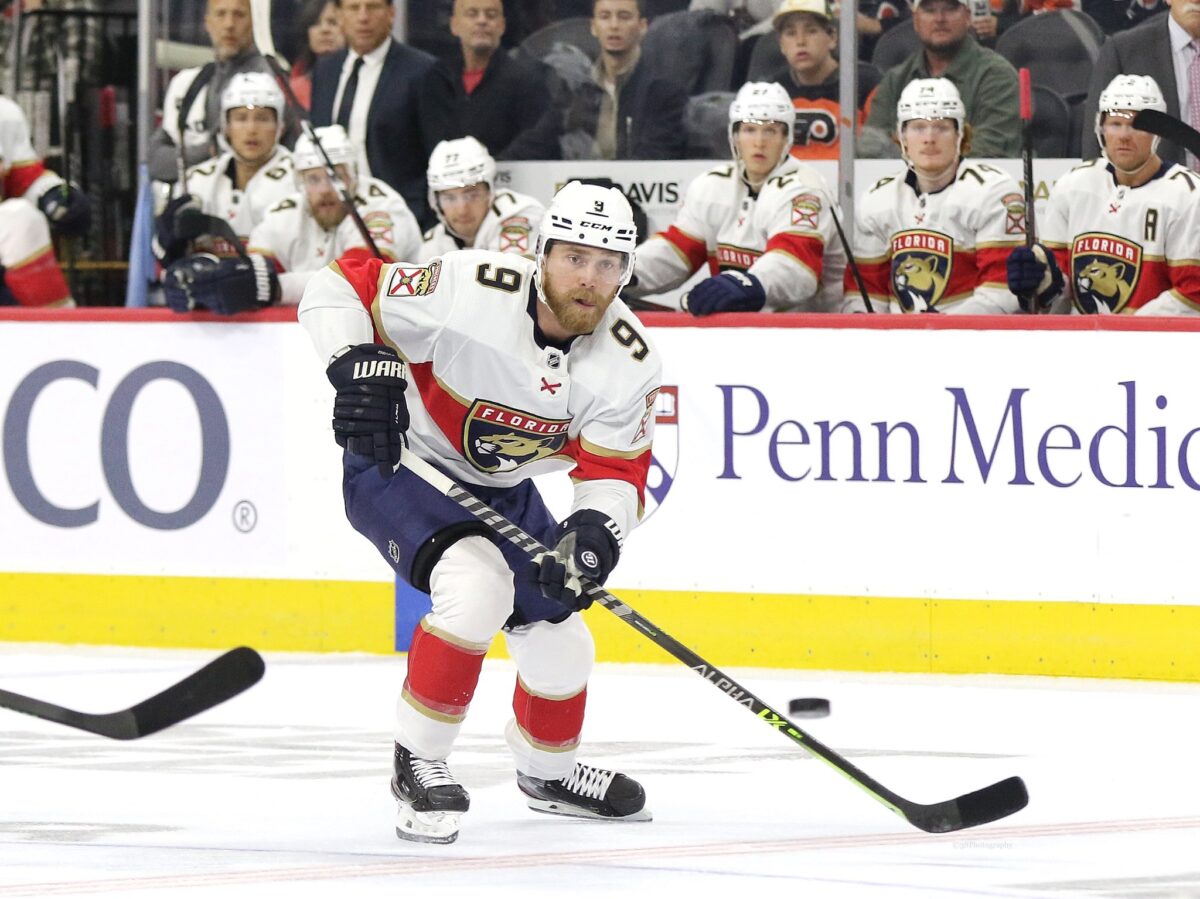
Based on an excellent training camp these past few weeks and two years of projection, Brayden Yager gets the second-line center spot. Now, to be clear, I’m not saying he’s better than Crosby. Yager is best suited for an offensive, top-six role, and it’s much easier after this camp to see him settling into that role in two seasons. He’ll have great insulation from the iconic Evgeni Malkin, who needs to be moved to the wing to optimize his production, minimize his defensive effects, and keep him fresh come playoff time (accentuate the strengths, hide the weaknesses). Any of Bryan Rust, Rickard Rakell, William Nylander, or Tanner Jeannot could play on the right side of this line.
To the Wings (not Detroit) and Beyond
Since nobody wanted to see him leave, wouldn’t it be fun, if he still had some diesel left in the tank, to see Brandon Tanev return and give the team two more great years? Yes? Okay good, we agree. A third line that sees the physical and defensively responsible speedster with hands return to play on Crosby’s left side, matched up with the mountain himself, Tanner Jeannot. If you think that 6-foot-2, well over 200 pounds isn’t a mountain, then consider this: In his first two full NHL seasons, Jeannot has racked up 301 hits and 283 hits, and those 283 hits came while he played a fair amount of last season injured.
Playing against players like Jeannot feel like you’re playing against a mountain who happens to be able to move and hurt you. He displayed a very real scoring touch, with 24 goals and 41 points in his rookie season. He wouldn’t need to do that in Pittsburgh, simply putting up 15 goals and playing a physical, responsible two-way game would be everything the line needs.
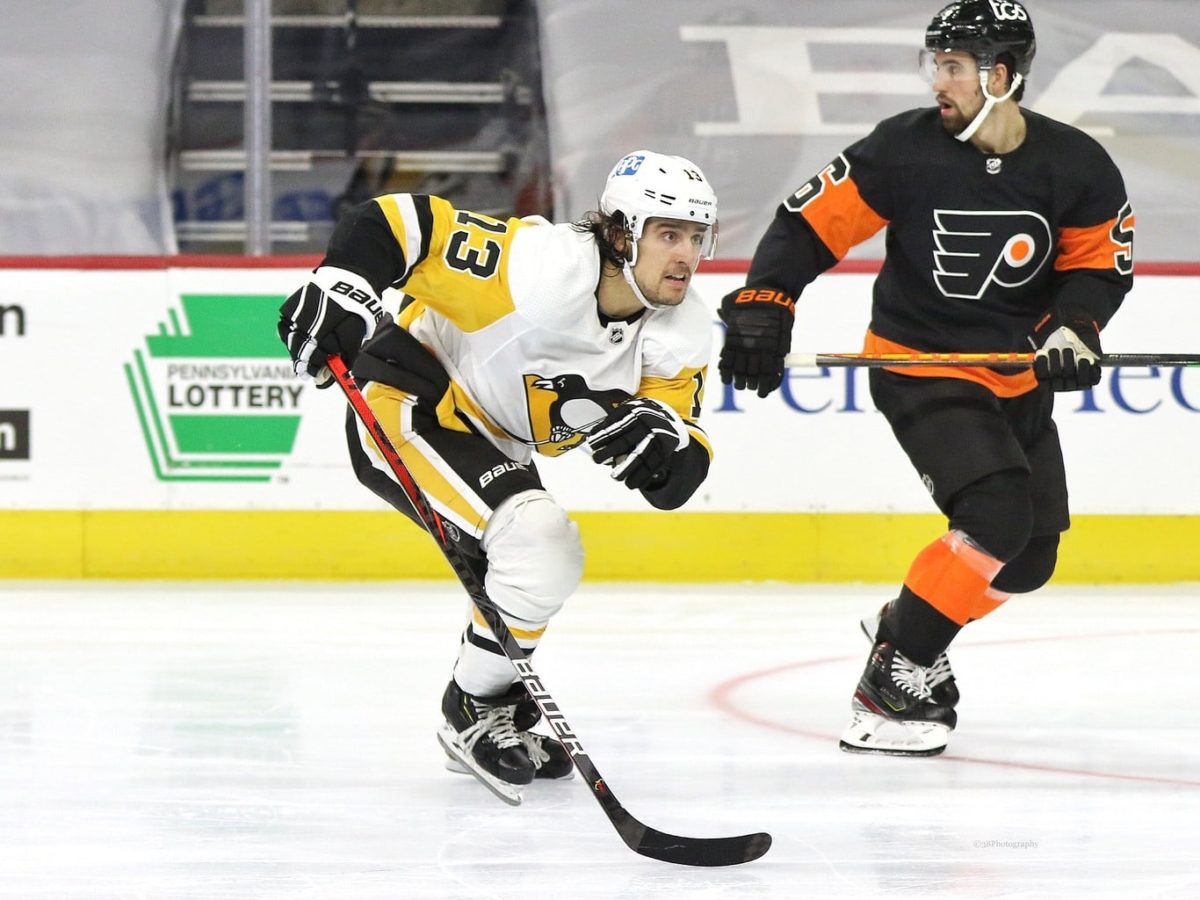
On the fourth line, we start with Noel Acciari, who will be in the final year of his three-year, $6 million contract, counting $2 million against the cap. Joining him I project will be Samuel Poulin, who had a fantastic training camp and will be at the top of the call-up list this season, along with a bit of a flier in Jake Evans.
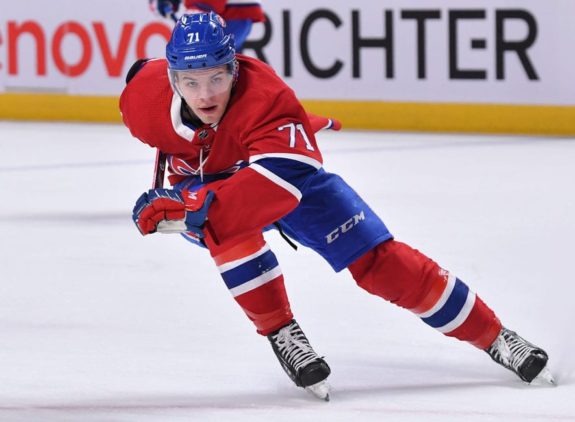
If you remember Montreal’s run to the Stanley Cup Final during the COVID Bubble Playoffs of 2020, you’ll remember Evans being a part of a fantastic fourth line that crushed both its minutes and the souls of opposing teams for that entire run. Full of speed, defensive IQ, and good enough hands, Evans at his best is a beast who can bring a ton to a fourth line. Having scored a career-high 13 goals in 72 games in 2020-21, one could say that he hasn’t been the same since the absolutely brutal, illegal hit that Mark Scheifele laid on him during the 2021 Stanley Cup Playoffs, so there is some projection here. If Evans can truly recapture his game or even show signs of it, then he’s worth taking a shot on. If not, we have my guy and the star of training camp, Radim Zohorna ready to rock.
To round out the defense, it’s easy to project Pierre-Olivier Joseph to continue to develop and be a strong bottom-pairing defender who can move into the top-four as needed. The reports on Owen Pickering right now are quite positive, and as a first-round draft pick, he should be ready for third-pairing duty at age 21. Plus let’s face it, the good teams have some young players on entry-level contracts who contribute. Pittsburgh will need both Yager and Pickering to provide positive minutes come 2025.
We saw this past summer how creative Dubas is, so unlike in the past when Pittsburgh relied on some tanking (1984) and some lockout luck (2005), it’s quite likely that the combination of cap space and a creative, intelligent front office will keep Pittsburgh’s Stanley Cup window open long after today’s stars retire.
